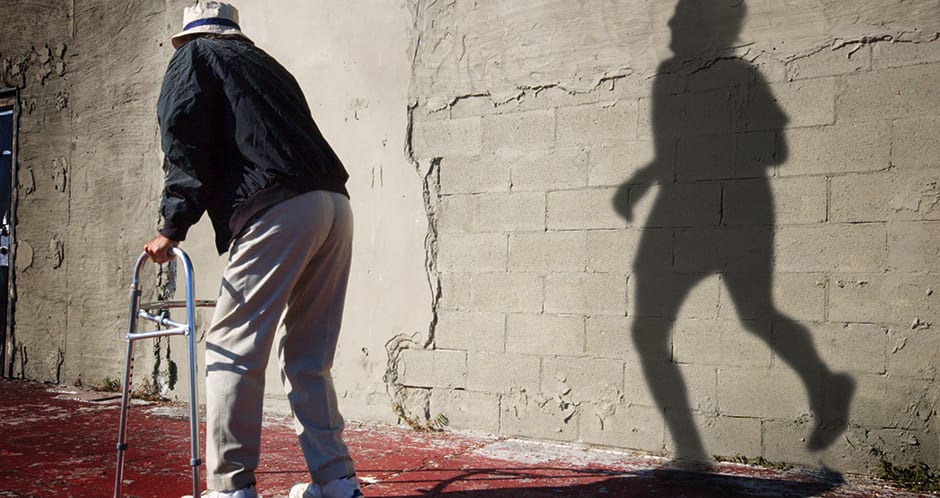
A hip replacement is a common form of surgery in Australia and the success rate of hip replacements is improving. According to The Australian Medical Associations just one in 10 patients require follow-up work. Saving the health system millions of dollars, reducing risk and improving comfort for patients.
It’s a fact of life that none of us are getting any younger, and with the inevitable ageing process our health and medical needs change with each passing year. And you don’t have to be approaching middle or old age to be in possible need of joint replacement cover.
A common cause behind necessary hip surgery is the rising incidence of hip fractures and injuries. Last year there were over 450,000 primary and revision hip surgeries in Australia, according to the Australian Orthopaedic Association. Those with severe hip injuries must seek the care and treatment, not only to ensure proper healing, but also to prevent future injury and complications. Severe hip injuries such as fractures often require the intervention of hip surgery. Through surgery, bones can be properly set, to improve overall comfort and prevent other complications.
Hip fractures are often caused by falling – something that elderly people are at a high risk of. As people get older, they may develop difficulties with their eyesight, balance or general coordination. On top of that, osteoporosis and weaker bones increases the frequency of fractures.
The risk factors for suffering a broken hip are numerous, including:
this causes bones to become weaker, making them more susceptible to fractures.
Decrease in oestrogen levels after menopause causes women lose bone density faster than men.
Caucasians and Asians have a higher risk of developing osteoporosis.
Poor nutrition in childhood increases hip-fracture risk.
Smoking and excessive drinking can result in bone loss.
Taking four or more medications at a time or taking any psychoactive medications can increase the chances for falling.
A number of factors around the home can increase the chance of falling. This can include as unstable furniture, poor lighting, rugs and loose electrical wires as tripping hazards.
Type 1 diabetes, gastrointestinal disorders, rheumatoid disorders, prolonged bed rest or immobility, nervous system disorders such as Parkinson’s disease or multiple sclerosis, dementia; and depression can increase the risk of falling.
The most common type of hip surgery, a hip replacement, ranks as one of the most common elective procedures patients ageing from 65 to 80 experience. Although this is a well-known surgery with more than 1 million performed yearly, many critical questions surround it in regards to how patients can experience the best success.
Before making final decisions, consider these common questions and concerns behind what you should know and do to best prepare for hip surgery.
Patients seeking hip surgery often share common health conditions and symptoms. Those with moderate to severe osteoarthritis, rheumatoid arthritis, and other degenerative joint diseases are common candidates for hip surgery, particularly hip replacements. Statistics show that osteoarthritis is the most common form of arthritis, effecting over 1.8 million.
This degenerative joint disease causes severe pain and greatly decreases mobility and quality of life.
These options often begin as less invasive measures such as medication and steroid injections. However, if pain and mobility are not alleviated by lesser methods, your doctor will begin discussing the possibility of a hip surgery to address the disease before it progresses further. Hip replacements allow the hip joint to be replaced with an artificial prosthesis, eliminating the pain and increasing mobility.
Surgery to repair fractures are usually straight-forward and relatively simple fixes, however, complications after surgery can be dangerous. Complications can include blood clots, infection, and pneumonia. With a partial hip replacement, there is the risk that the patient can dislocate the prosthesis before it stabilises. Post-surgery complications more often lead to death if a patient already suffers from another serious medical condition.
Though hip surgery is a common procedure, recovery afterwards is often dependent on how physically healthy you are prior to surgery. Typically, a patient will remain in hospital anywhere from four days to a week, however, it should be noted that a longer stay isn’t uncommon. After a hospital stay there are a few different options for patients. This includes rehabilitation centres, in-home rehabilitation or outpatient care.
Hip surgeries offer great relief and improved quality of life to millions worldwide. Many have experienced increased mobility and freedom from chronic pain. Although promising, this procedure should be approached only after understanding the importance of knowledge and preparation.